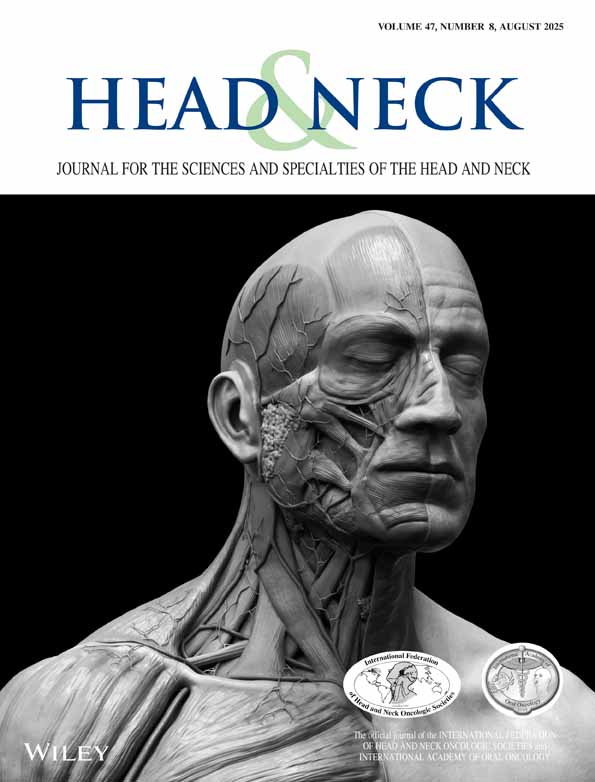Sinonasal acinic cell carcinoma: A clinicopathologic study of four cases
Abstract
Background.
Acinic cell carcinoma is a low-grade malignant epithelial salivary gland neoplasm with a predilection for the parotid gland. To date, only 11 cases of sinonasal acinic cell carcinomas have been reported in the English-language literature. We present the clinicopathologic features of four sinonasal acinic cell carcinomas.
Methods.
The demographic data and pathologic material of four patients with sinonasal acinic cell carcinoma identified from the files of the Department of Pathology at The University of Texas M. D. Anderson Cancer Center between 1984 and 2002 were reviewed.
Results.
The four patients were two men and two women, with an age range of 42 to 65 years (mean, 54 years). The patients were initially seen with unilateral nasal obstruction. Histologically, all tumors were composed of round to ovoid cells with clear and/or basophilic granular cytoplasm and round, hyperchromatic, small, eccentrically located nuclei. The growth pattern was lobular, solid, and follicular. Histochemically, periodic acid–Schiff diastase-resistant granules were demonstrated in all cases. All patients were treated surgically. In addition, one patient received postoperative radiation. All patients are alive and well, with follow-up from 4 to 17 years.
Conclusions.
Sinonasal acinic cell carcinoma is a distinct low-grade carcinoma that can be distinguished from other neoplasms by light microscopy and histochemical staining methods. Pathologists and surgeons should be aware of the occurrence of this type of salivary gland neoplasm in the sinonasal tract. © 2005 Wiley Periodicals, Inc. Head Neck 27: XXX–XXX, 2005




